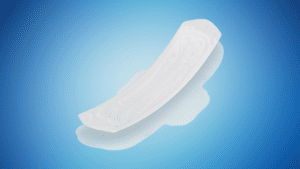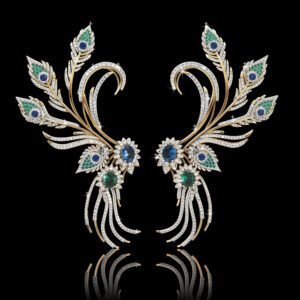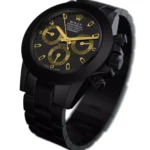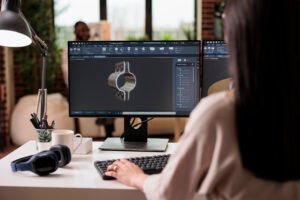3D Product Modeling Services
Atellier Studio is one of the known companies in India for 3D product modeling services. 3D Product Modeling services are the base of any product visualization process. Better 3D product modeling can be processed into high-quality 3D Images. 3D product modeling services provide an excellent way to bring a simple visual to life by adding essential details like textures, materials, scaling, colors, backgrounds, depths, shadows, and more. This process verifies the product’s physical accuracy, functionality, and proportions, ensuring it is production-ready and visually compelling.
What is 3D Product Modeling?
3D product modeling creates a digital, three-dimensional representation of a product by manipulating polygons, edges, and vertices within a simulated 3D space. This can be done manually using specialized 3D software, which allows artists to shape and refine polygonal surfaces to achieve realistic or stylized models. Some key elements of 3D modeling are geometry and shapes, which define the physical shape of the product-based design specifications. High-quality 3D model product services are vital to VR and AR. 3D modeling services can cater to various industries, such as product manufacturing, furniture, house appliances, electronics, food, etc.

Types of 3D Product Modeling Services
Polygonal Modeling
Wireframe Modeling
In this technique, an object is represented with lines and vertices to show its structure. The Wireframe model is the “skeleton” of the 3D Object that displays the shape, contours, and basic features without rendering basic textures or surfaces. This “skeleton” view is ideal for visualizing the form and proportions of a design, making it easier to refine and adjust the structure early in the work process. Wireframe models contain minimal data, are lightweight, and are fast to create, allowing designers to experiment with different shapes and ideas quickly. It is popular for early-stage design options and prototyping, especially in the animation and Game development industries.
NURBS
NURBS, Non-Uniform Rational B-Splines, are mathematical representations commonly used in 3D modeling to create smooth, highly accurate curves and surfaces. Unlike polygonal modeling, which relies on flat facets, NURBS modeling generates continuous surfaces that are ideal for designing complex, organic shapes with precision.
Control points and weighted curves define a NURBS model. Control points act as a “magnetic field” that pulls the curve or surface into a specific shape without rigidly defining it. By adjusting these points, designers can easily refine the form without losing its smoothness, making NURBS especially popular in fields requiring exactness, like automotive design, aerospace, and product engineering. NURBS surfaces are versatile, as they can be resized, reshaped, and adjusted at any scale without losing detail or smoothness.
Digital Sculpting
It allows artists to shape and define models while working with real clay. This technique empowers the artist to create highly precise, detailed, organic forms, making it ideal for complex models like character faces, intricate creatures, and ornate objects. Unlike traditional polygonal modeling, where shapes are formed through vertices, edges, and faces, digital sculpting enables the artist to push, pull, smooth, pinch, and otherwise manipulate the virtual surface in a much more fluid and artistic way. This flexibility is beneficial for creating realistic textures and fine details, such as wrinkles, folds, or muscle structures. Software like Zbrush and Blender are popular software for sculpting.
CAD
Solid Modeling
The 3D modeling technique focused on creating fully defined, “solid” objects that are mathematically complete and accurately represent real-world objects. Unlike surface or wireframe modeling, solid models have volume and mass and are defined by their surfaces and interiors, making them ideal for engineering, manufacturing, and simulation purposes. A solid model contains data about the object’s geometry, including its dimensions, density, and material properties, which allows it to be visualized, analyzed, and manipulated. This approach makes solid modeling highly useful in mechanical design, enabling realistic simulations of physical properties such as weight, center of mass, and stress tolerance.
How do
3D Modeling Services
Help Businesses?
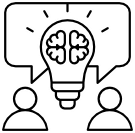
Cost-Effective Prototyping
3D models allow businesses to create digital prototypes, which can be modified and tested virtually. This saves time and money by reducing the need for physical prototypes, speeding up the development process, and minimizing material costs.

Seamless Integration with AR/VR
3D models are the foundation for augmented and virtual reality applications. This allows businesses to create immersive experiences where customers can interact with products virtually, which is particularly beneficial in the retail, real estate, and automotive industries.
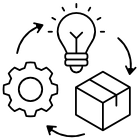
Streamlined Product Development
3D product modeling helps designers and engineers collaborate more effectively, identifying potential design issues early on. This streamlined workflow leads to faster production and reduces costly errors in later stages.

Simplifies International Collaboration
3D models of products provide a universal way to present and review products without language barriers when collaborating across borders. This enables international teams to review designs and make informed decisions more effectively.
Why choose Atellier Studio for 3D Product Modeling Services?
Atellier Studio is an excellent choice for 3D product modeling services, known for delivering high-quality, tailored solutions across industries like advertising, gaming, architecture, and 3D modeling product design. Their expertise covers a variety of 3D product modeling techniques, including versatile modeling types such as NURBS, Polygon, Sculpting, and more. This versatility enables them to select the most effective approach based on project needs, ensuring optimal detail, realism, and functionality results. Each industry has a different need for 3D models. With our expertise, we understand each industry’s unique demands and standards, allowing them to create technically precise and visually captivating 3D models of products.
Customized Solutions
Experienced Team
Quick Turnaround Times
State-of-the-Art
Tools
Benefits of 3D
Product Modeling Services

Prototyping and Iteration
By creating virtual models, designers can quickly prototype ideas, test concepts, and make changes without the time and cost of physical prototypes. This speeds up the development process and allows for rapid iteration.

Improved communication
3D product modelling services enhance communication among teams, clients, and stakeholders by providing a clear, visually engaging way to convey complex ideas. This clarity reduces misunderstandings, especially for clients or team members without technical backgrounds.

Improved accuracy
3D product modeling services significantly improve design and production processes, offering exact digital representations of products or spaces. This high level of precision is crucial in fields where minor inaccuracies can lead to costly errors or safety risks.

Customization and Flexibility
3D Product models are highly adaptable, enabling easy modifications for customized product versions. In industries like furniture or interior design, this allows clients to see various finishes, materials, or configurations, which enhances satisfaction and drives decision-making.
Where to use
3D product Modeling Services
Product Design Process
Manufacturing and Engineering
Virtual and Augmented Reality
Quick
Approvals
Who Can Use
3D Product Modeling Services?
Product Designer
3D Printing Offices
AR & VR Companies
Manufacturers
3D Modeling Case Study
Top Brands We Worked With

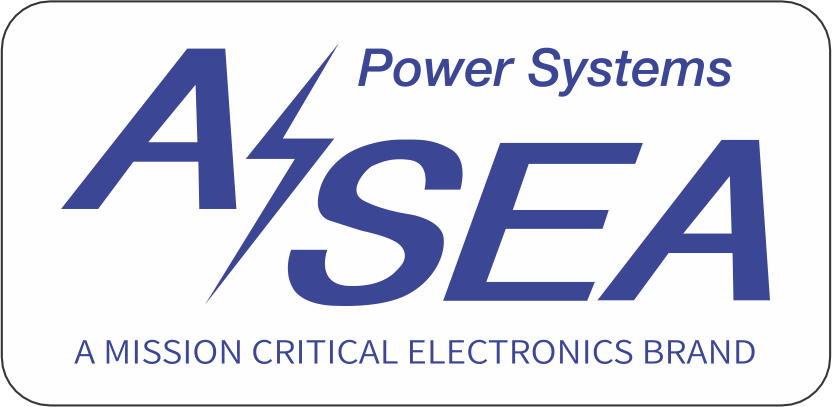
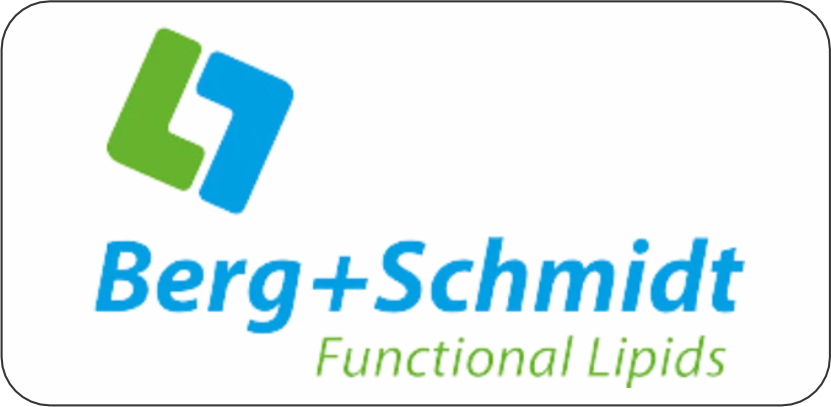
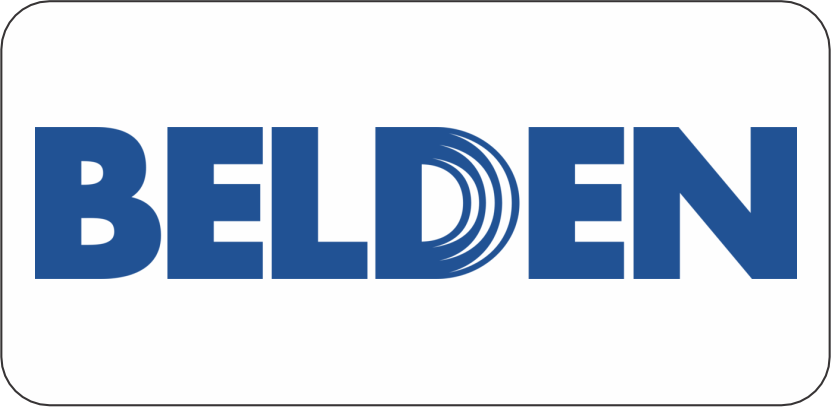
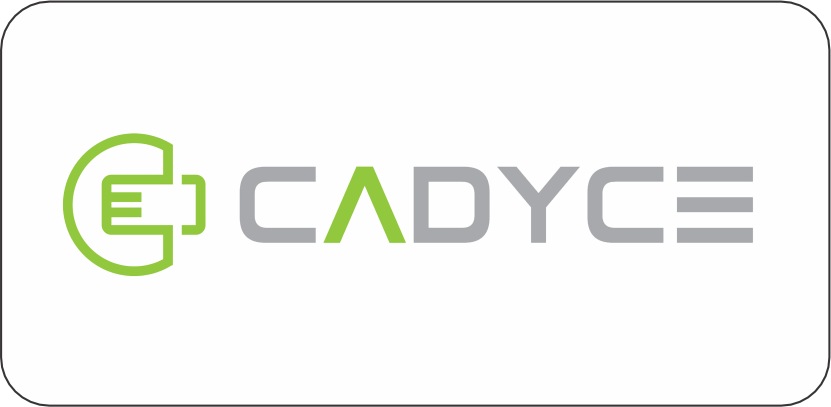
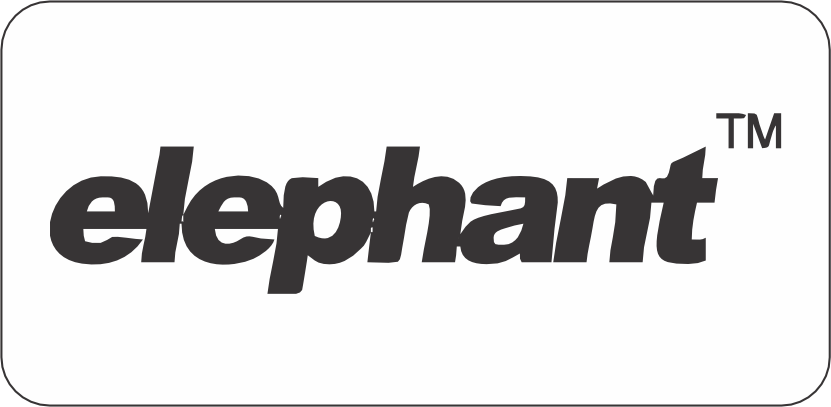
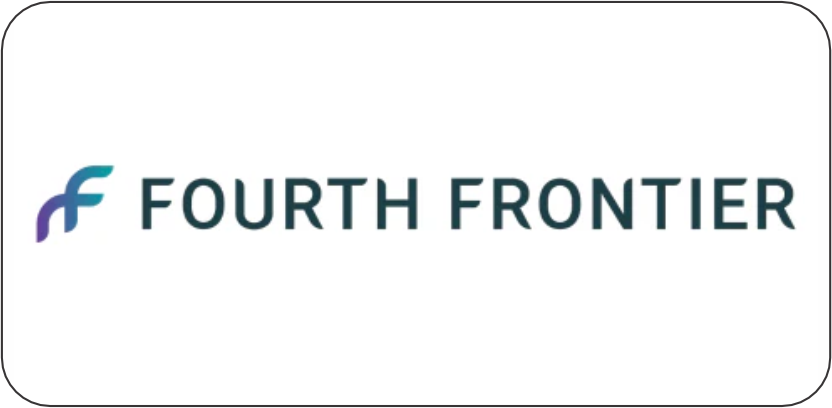
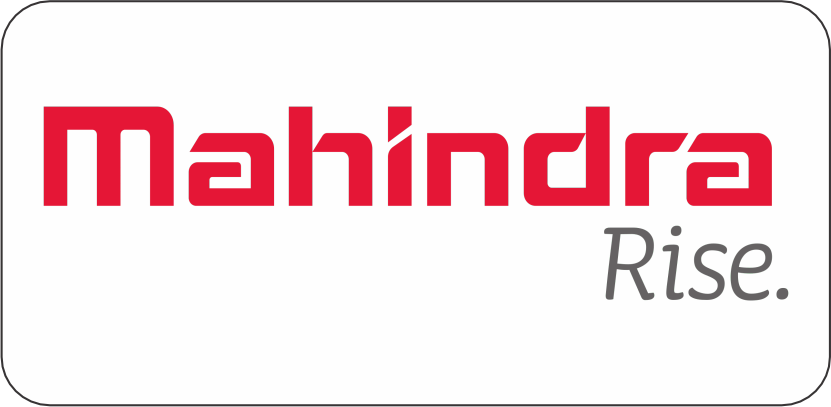
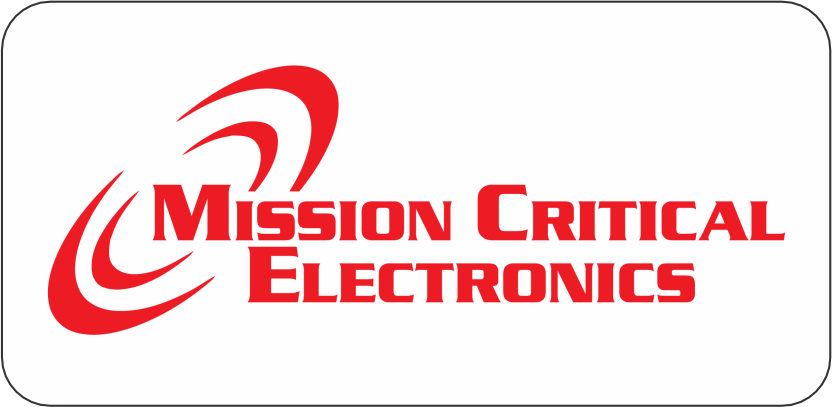
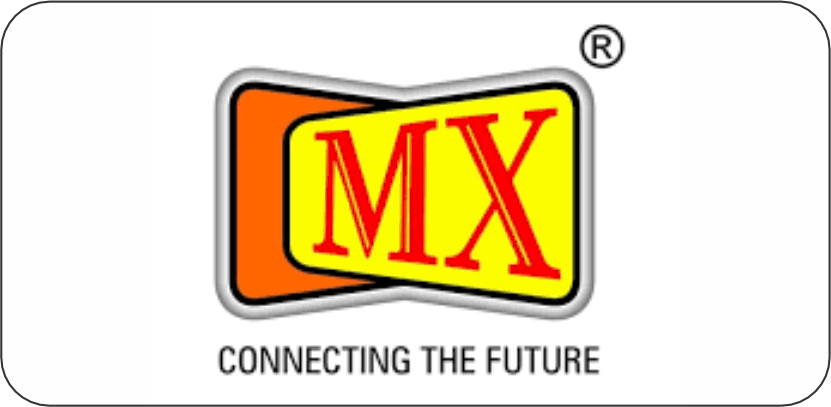
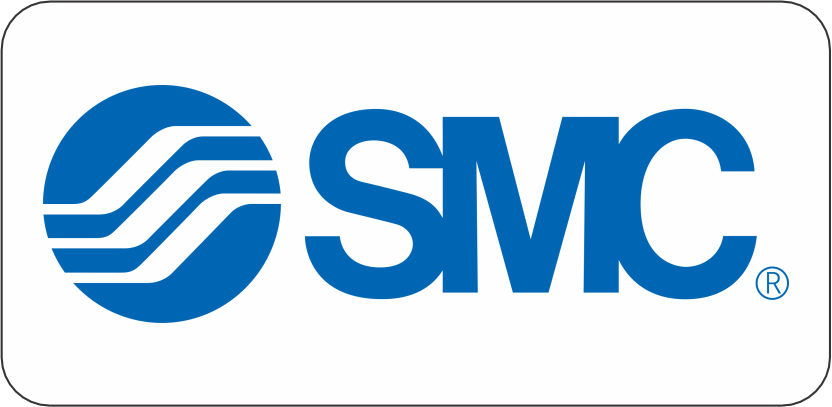
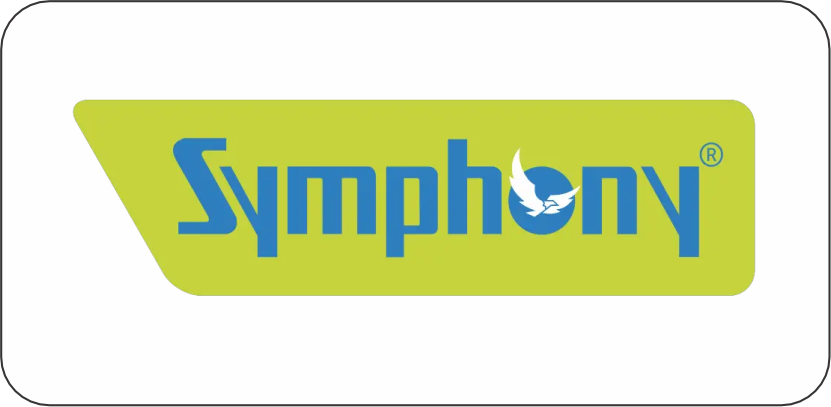
Workflow for
our 3D product Modeling
Services

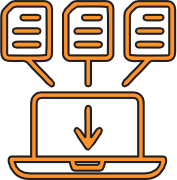
Information Gathering
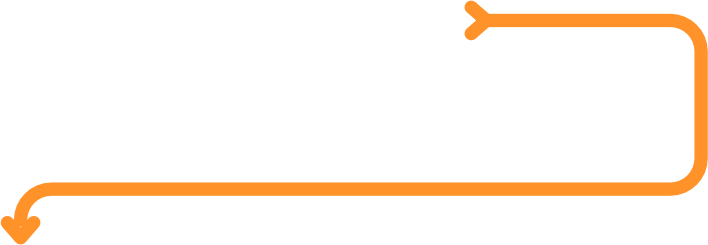
Reviewing Information



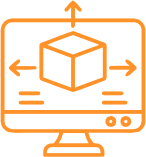
Modeling Technique Selection

Model Creation





Approval and Reviews

Final Delivery


Award-winning 3D Product Modeling Services
Our award-winning 3D product modeling services stand out for their innovation, precision, and versatility. We offer clients top-quality solutions across industries. Recognized for excellence, we transform ideas into stunning 3D visuals that elevate projects in product design, architecture, marketing, and beyond. Our team combines cutting-edge technology with creative expertise, ensuring each model meets the highest accuracy, detail, and realism standards. Clients choose our 3D product modeling services for the quality of the visuals and their impact—driving engagement, enhancing communication, and delivering tangible results.
FAQ
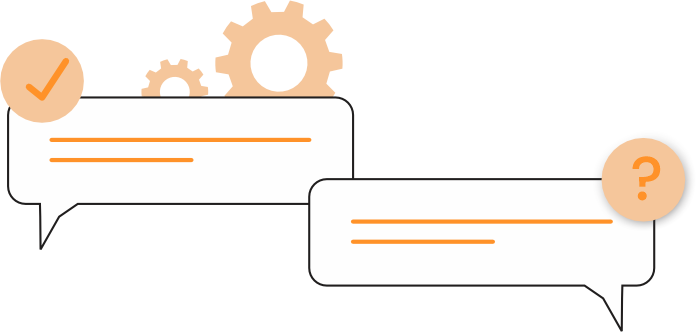
What industries benefit from 3D product modeling?
3D modeling is widely used across industries, including product design, architecture, real estate, gaming, fashion, automotive, aerospace, manufacturing, healthcare, and more. It helps visualize, design, market, and produce physical and digital products.
What types of 3D product models can you create?
We create various 3D models such as product, architectural, character, and environment models. We customize the 3D model of products based on client needs, from photorealistic renderings to simplified forms for VR/AR applications.
How long does creating a 3D product model take?
The timeline depends on the 3D model’s complexity, level of detail, and requirements. Simple 3D product models may take a few days, while intricate, highly detailed models may take longer. We discuss timelines at the project’s outset to align with client expectations.
What information do you need to start a product modelling project?
We typically need product specifications, design references, unique selling points (USPs), product modelling requirements, preferred angles, and other relevant details. This information helps us create accurate and customized models that meet your needs.
What software do you use for 3D product modelling?
Our team uses industry-leading software, including Blender, 3ds Max, Maya, and ZBrush, tailored to meet the specific needs of each project. We select software based on the project’s technical requirements and client specifications.
Can you create custom 3D models from scratch?
Yes, we specialize in creating custom 3D product models from scratch. Our team can work from sketches, technical drawings, or photos to develop models that match your vision and specifications.
Do you offer revisions during the product modeling process?
Yes, we provide revisions to ensure the final model meets client expectations. We keep open communication throughout the project to address feedback promptly and make any necessary adjustments.
What is the difference between low-poly and high-poly 3D product models?
Low-poly models have fewer polygons and are ideal for VR/AR applications, gaming, or scenarios where performance is key. High-poly models are more detailed and suitable for photorealistic rendering and high-quality visualizations.
Can 3D product models be used for animations?
Yes, our 3D product models can be fully rigged and animated if needed. We can design models specifically for animation, ensuring they’re compatible with your animation or simulation requirements.
What file formats do you provide?
We offer models in various formats: OBJ, FBX, STL, DAE, etc. Depending on your project requirements, we’ll discuss the most suitable format for your intended use at the start of the project.
Can you create 3D product models for 3D printing?
Yes, we create 3D Product models optimized for 3D printing. We ensure the models are print-ready by checking for scale, structural integrity, and compatibility with 3D printing processes and materials.
How much do 3D product modeling services cost?
Costs vary depending on model complexity, detail level, and specific project requirements. We offer tailored pricing based on the scope of the work and provide detailed quotes upon request.

